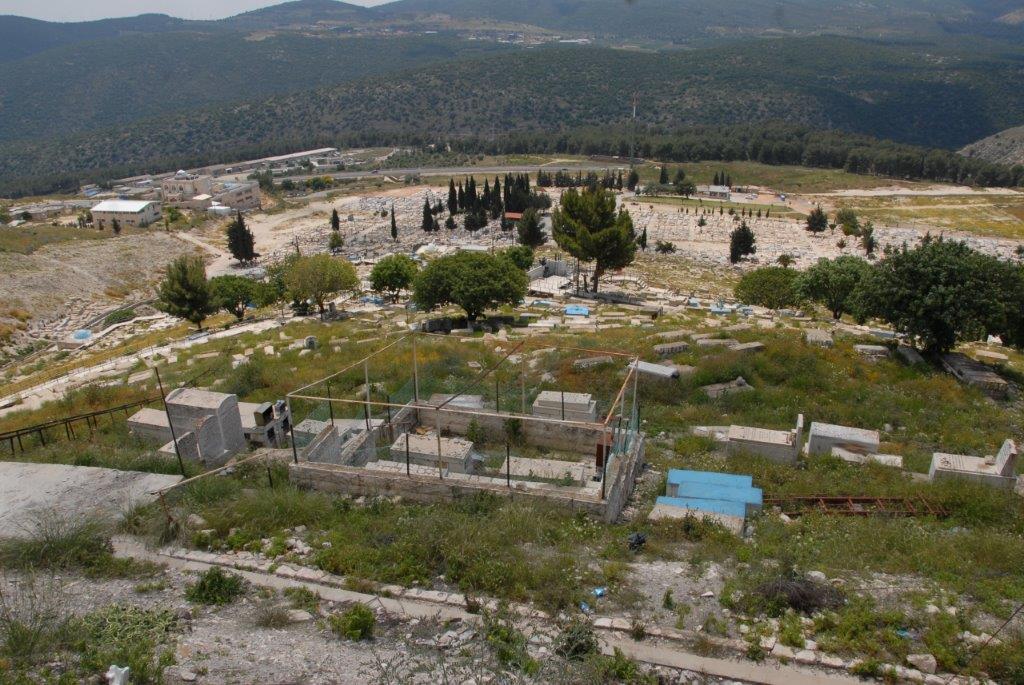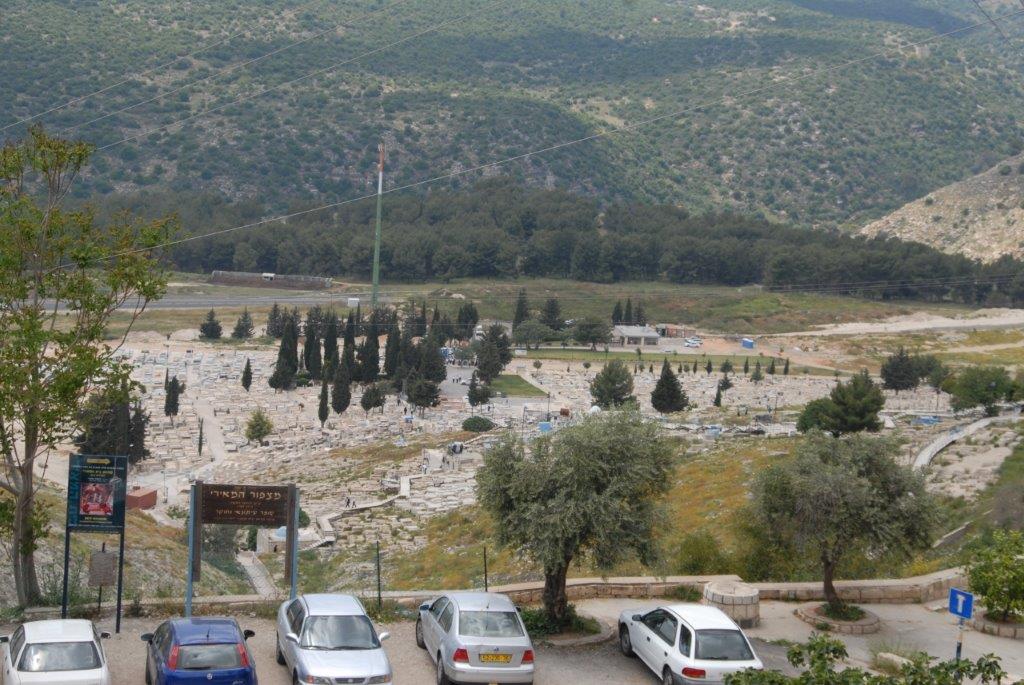At times obscure, hidden among the hills of Galilee, and at other times revealed in its full glory – this is Tzfat. A little town that makes its way into the public awareness only when one of its secrets comes to light – and always with that special magic and beauty it has retained throughout the ages.
In its long history Tzfat has known times of decline and destruction and times of flowering and prosperity, in a constant struggle for survival against the ravages of nature and man that beset it intermittently. Paradoxically, its periods of greatest flourishing came after times when it was at its lowest ebb.
Tzfat’s geographical location to a large extent determined its fate. Decisive events occurred all around, but rarely actually in, Tzfat. When from time to time it did make its way to the center of events, it did so despite the fact that it was not an important crossroads and was not situated on a vital route. Yet during its Golden Age In the 16th century it became, if only for a short period, the most important spiritual center of the Jewish world.
The first historical reference to Tzfat can be found in Josephus’ books titled “The Jewish Wars”, when the Romans ruled the Land of Israel. In his account of the Jewish fortress reinforced for the rebellion against Roman occupation, the site he refers to as Sepph is commonly accepted by historians to be the citadel of Tzfat. It is assumed that Josephus only fortified towns that had an existing Jewish population, which means that there was a Jewish presence in Tzfat before the Great Revolt (66-70 A.D.). Jewish fighters, under the command of Josephus himself, made a desperate and ultimately unsuccessful bid to hold out against the Roman legions.
In 135 A.D., after the Roman legions once again brutally suppressed the Bar Kochba Revolt, many Jews fled Judea for the Galilee. Tzfat is mentioned in the Jerusalem Talmud as one of the sites where signal fires were lit to transmit and keep track of the calendar, a tradition kept alive after the destruction of the Second Temple. Two priestly families, Yakim and Pashchur, settled in Tzfat during this period, a fact which indicates that the town had a prosperous community.
In the 7th century, Tzfat appears in the poems of Elazar Hakalir that were recited in the synagogues of Europe. Although he does not actually describe Tzfat or its inhabitants, he too mentions the town in connection with its priestly families.
References to Tzfat until the beginning of the 11th century are extremely rare. The few that do exist attest to a dominant Jewish community living in a town that probably had a mixed population. One clear reference can be found in a document preserved in the Cairo Genizah, certifying that a Jewish youth from Tzfat purchased a shop in Tiberius.




